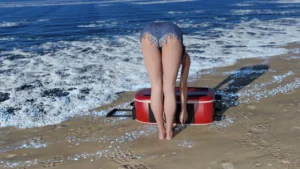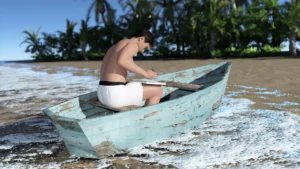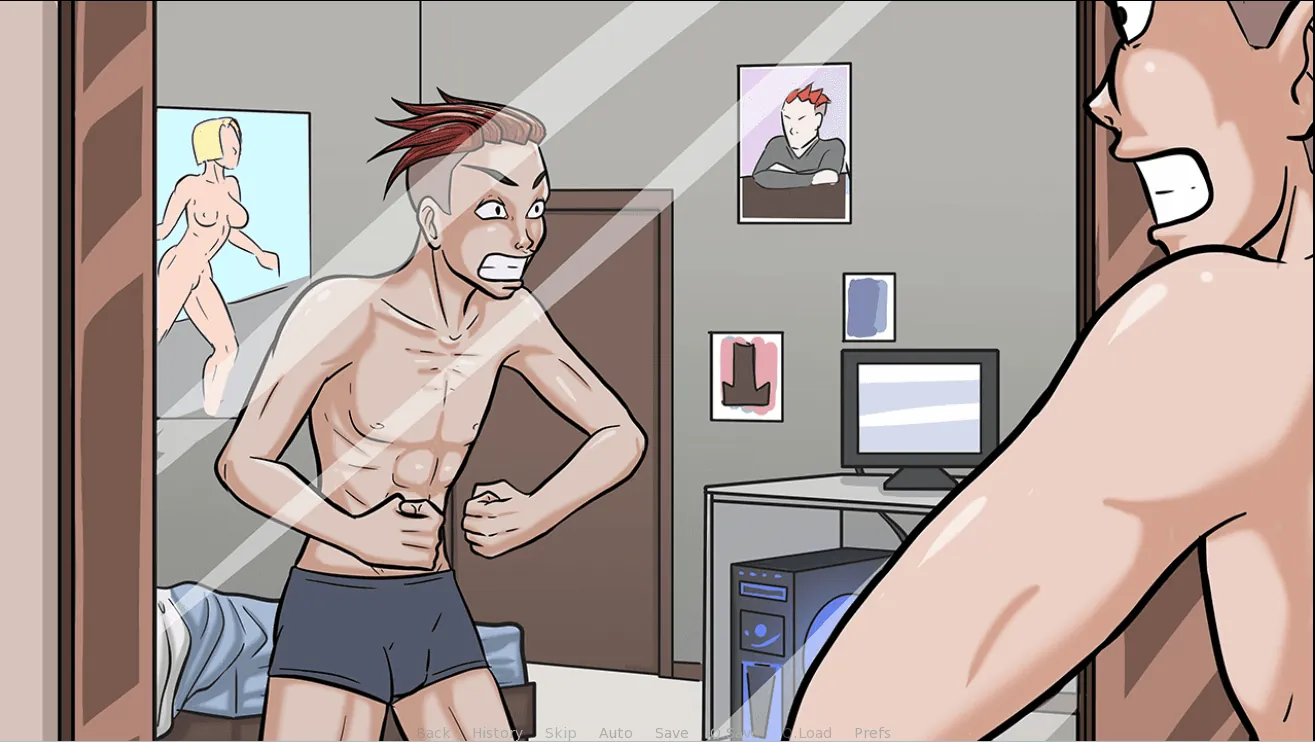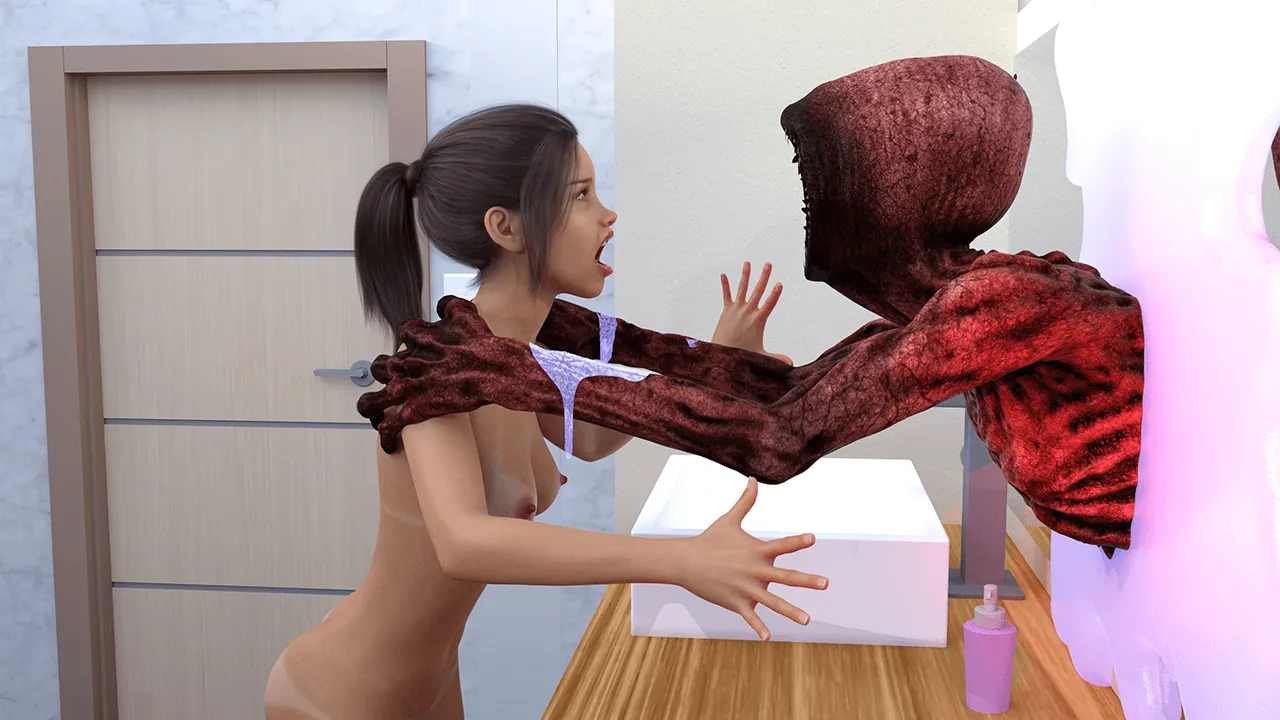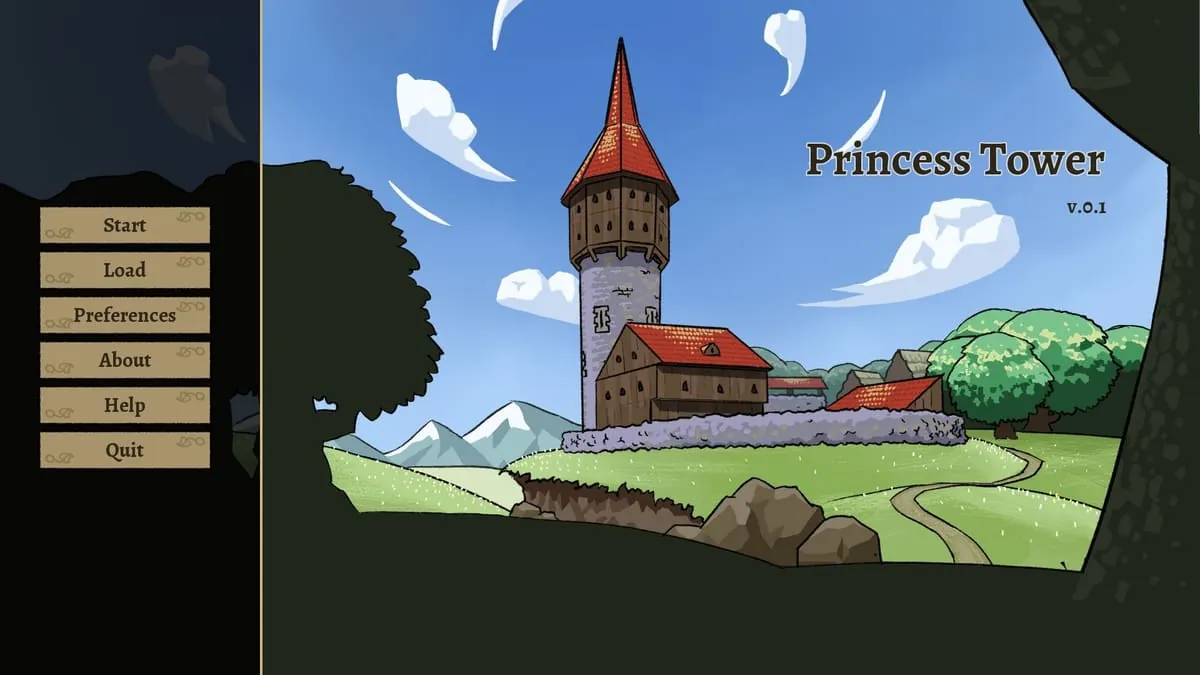
Lost in Paradise
Play Lost in Paradise
Lost in Paradise review
Explore the immersive world and gameplay of Lost in Paradise
Lost in Paradise is a captivating interactive game that combines engaging storytelling with immersive gameplay. This guide dives deep into the unique elements of Lost in Paradise, offering players insights on how to navigate its world, understand its characters, and maximize enjoyment. Whether you’re new or looking to enhance your experience, this article covers everything you need to know about Lost in Paradise.
Exploring Lost in Paradise: Gameplay and Features
What Makes Lost in Paradise Unique?
Picture this: You wake up on a sun-drenched beach, turquoise waves lapping at your feet, with zero memory of how you got there. That’s exactly where I found myself during my first hour in Lost in Paradise 😮. While many narrative adventures promise escapism, this gem delivers something radically different—emotional alchemy ✨. Instead of just solving puzzles or fighting enemies, you’re rebuilding shattered memories through environmental storytelling. Every rustling palm leaf or crumbling temple wall whispers clues about your past!
What truly sets it apart? The dynamic empathy system 💞. Your dialogue choices don’t just alter relationships; they physically reshape the island. During my playthrough, comforting a grieving fisherman early on literally caused vibrant coral reefs to bloom offshore by sunset 🌅. That seamless blend of emotional choices with environmental consequences? Pure magic.
Plus, the hand-painted visuals 🎨 feel like stepping into a Gauguin painting—all bold colors and dreamlike textures. Unlike other exploration games, there’s no map clutter or quest markers. You navigate using intuition, celestial patterns, and subtle sound design (headphones essential!). This isn’t just gameplay—it’s poetry in motion 🌊.
Core Gameplay Mechanics Explained
Wondering how to play Lost in Paradise without traditional tutorials? It’s brilliantly intuitive. Movement revolves around contextual interactions 🖐️—swipe gestures to brush aside jungle vines, tilt controls to examine artifacts, or hold your breath during underwater sections (my palms got sweaty during shipwreck dives!). The Lost in Paradise gameplay loop thrives on curiosity: every object you touch might trigger memory fragments.
Key to progression is the emotion wheel 😊😢😠. During conversations, you’ll select emotional responses (not just text options!) that impact story progression Lost in Paradise. Choose “defensive” when confronting the mysterious boat captain, and thunderstorms might roll in; pick “compassionate,” and hidden paths appear. It’s storytelling through interactive game mechanics at its finest.
Combat? There isn’t any. Instead, you resolve conflicts through environmental puzzles 🧩. I once diverted a river by rearranging ancient statues to stop a forest fire—the smoke effects were so real, I coughed! Resource gathering is equally innovative: shake coconut trees by physically tilting your device 🥥.
| Feature | Mechanic | Player Impact |
|---|---|---|
| Memory Fragments | Collect shimmering objects to unlock backstory cinematics | Alters character abilities & environment |
| Empathy Resonance | Dialogue emotions affect NPC relationships | Changes weather, terrain, and quest outcomes |
| Intuitive Navigation | Swipe/tilt controls with haptic feedback | Creates immersive exploration without UI clutter |
🔥 Pro Tip: Scan horizons at dawn/dusk! The changing light reveals hidden symbols on ruins. Missed this my first week!
For Lost in Paradise tips for beginners: Focus on talking to every character twice daily—their moods shift with the island’s rhythm 🌞🌙. And never rush! Sitting on beaches to watch sunsets actually regenerates your “insight” meter for puzzle-solving.
Character Development and Story Progression
The Lost in Paradise characters aren’t NPCs—they’re emotional anchors 🚢. Take Kai, the melancholic surfer voiced by a Hawaiian native actor. His storyline about losing his brother unfolds through surfboard etchings you piece together. Help him rebuild his board, and he’ll teach you wave-riding mechanics that unlock new islands!
Story progression Lost in Paradise ties directly to character trust levels. When I accidentally triggered Mara’s (the botanist) trauma by carelessly mentioning wildfires, her entire greenhouse wilted overnight 🌱→🍂. Repairing that bond took days of helping her find rare seeds—but watching the jungle explode with color after we reconciled? Worth every minute.
Personal anecdote time: During a monsoon, I sheltered in a cave with the reclusive artist, Elara. She sketched my character’s face by firelight, and I chose to share my recovered memory about sailing. Next morning, she’d painted a mural of my shipwreck on the cave walls—which became a fast-travel point! This organic character-driven worldbuilding 🤯 is why I replay monthly.
For Lost in Paradise tips for beginners in character arcs:
– Journal everything! Characters drop hints about other NPCs’ secrets
– Gift collected items (shells, flowers) matching their personality—Kai loves blue objects 🌊
– Fail conversations intentionally sometimes; “negative” paths reveal unique story branches
The beauty? There’s no “right” way. Your emotional fingerprint makes each playthrough unique—my peaceful botanist run felt worlds apart from my chaotic treasure-hunter route 🗺️💎. That’s the genius of Lost in Paradise gameplay: it holds up a mirror to how you heal.
Ready to dive in? Start slow. Let the island’s heartbeat sync with yours. Those first steps onto the sand? They’ll change how you see games forever 🌴❤️.
Lost in Paradise offers a rich and engaging experience through its unique gameplay and compelling characters. By understanding its core mechanics and story elements, players can fully immerse themselves in its world and enjoy every aspect of the game. Whether you’re just starting or looking to deepen your experience, Lost in Paradise has something to offer. Dive in and discover your own adventure today.


